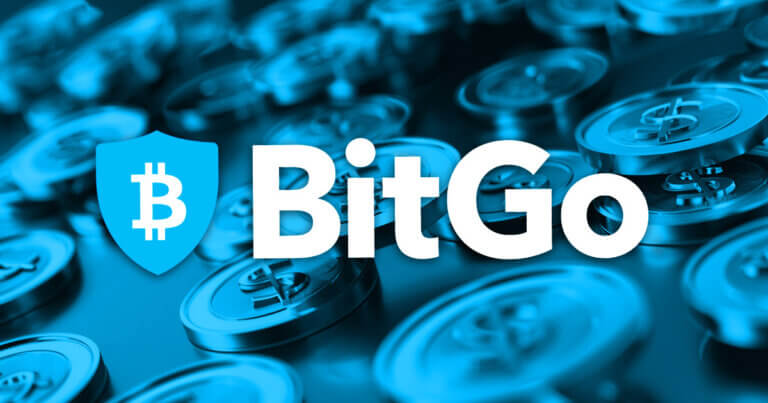
The USDS stablecoin is positioned as an "open participation" asset, differentiating itself from existing stablecoins with its reward-centric approach. Unlike conventional stablecoins that primarily serve as stable stores of value, USDS incorporates a reward system that incentivizes institutions to supply liquidity. This system is intended to bolster the liquidity and usability of USDS across various financial platforms, potentially enhancing its adoption and market stability.
BitGo's decision to introduce USDS reflects a broader trend in the cryptocurrency market where innovation in stablecoin functionality is increasingly seen as crucial to attracting institutional interest. Stablecoins, which are typically pegged to traditional assets like the US dollar, have become essential tools in digital finance, facilitating smoother transactions and providing a hedge against volatility. By incorporating reward mechanisms, BitGo aims to address some of the challenges faced by liquidity providers, such as low returns and limited incentives.
The stablecoin market has seen substantial growth in recent years, driven by the increasing adoption of blockchain technology and digital assets in the financial sector. Major players like Tether (USDT) and USD Coin (USDC) have dominated the market with their high liquidity and wide acceptance. However, BitGo's USDS is poised to carve out a niche by targeting institutions that are looking for additional benefits beyond mere stability.
USDS's reward system is designed to offer periodic returns to institutions that provide liquidity. This reward mechanism is expected to attract significant participation from financial institutions, which are key to maintaining the stablecoin's liquidity and stability. By incentivizing these entities, BitGo hopes to foster a more vibrant and active ecosystem around USDS.
BitGo's initiative also highlights the growing competition among stablecoin issuers to offer value-added features that set their products apart. The incorporation of rewards into the stablecoin model is a novel approach that could potentially drive greater institutional engagement and adoption. This strategy aligns with broader market trends where financial products are increasingly being tailored to meet the specific needs and preferences of institutional investors.
The introduction of USDS comes at a time when regulatory scrutiny on stablecoins is intensifying. Governments and regulatory bodies worldwide are examining the implications of stablecoins for financial stability and market integrity. BitGo's USDS will need to navigate this regulatory landscape carefully, ensuring compliance with existing regulations while advocating for the benefits of its innovative reward system.
BitGo's foray into the stablecoin market with USDS also reflects a growing trend of traditional financial institutions and technology firms converging in the digital asset space. As the cryptocurrency ecosystem evolves, established players are exploring new ways to leverage blockchain technology and digital currencies to enhance their offerings and attract institutional clients.
The stablecoin sector is likely to continue evolving, with innovations like BitGo's USDS contributing to the ongoing transformation of digital finance. Institutions are expected to closely monitor the performance and adoption of USDS to assess its viability and impact on the broader stablecoin market. As the landscape shifts, the introduction of reward-driven stablecoins could become a key differentiator in attracting institutional investment and fostering liquidity in the digital asset space.
Topics
Cryptocurrency
